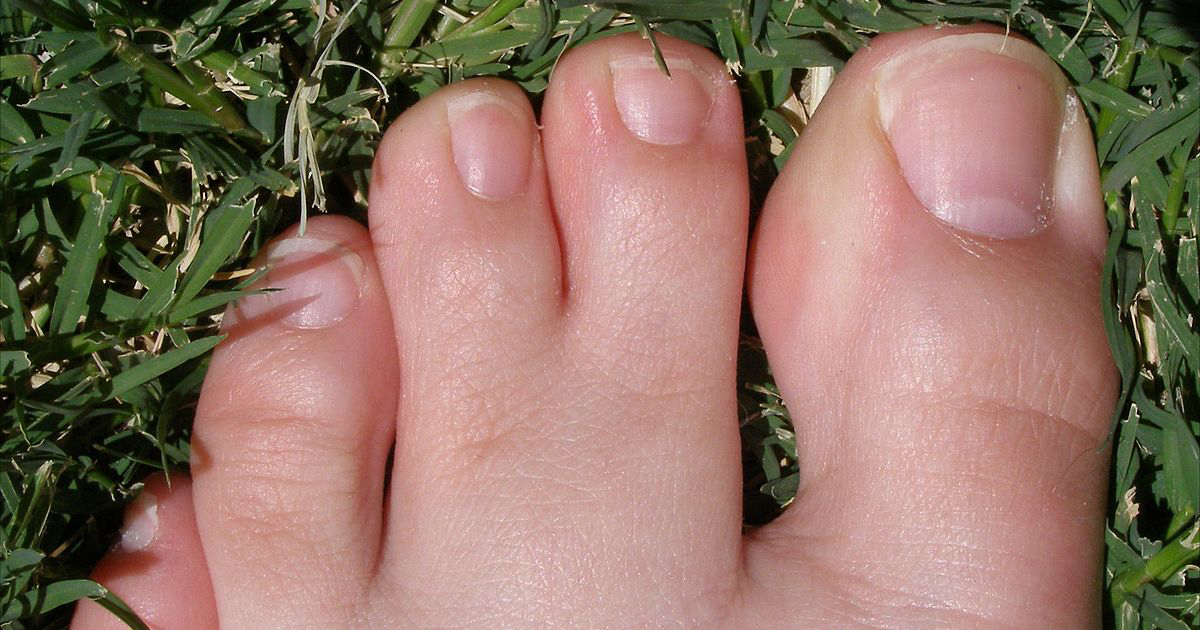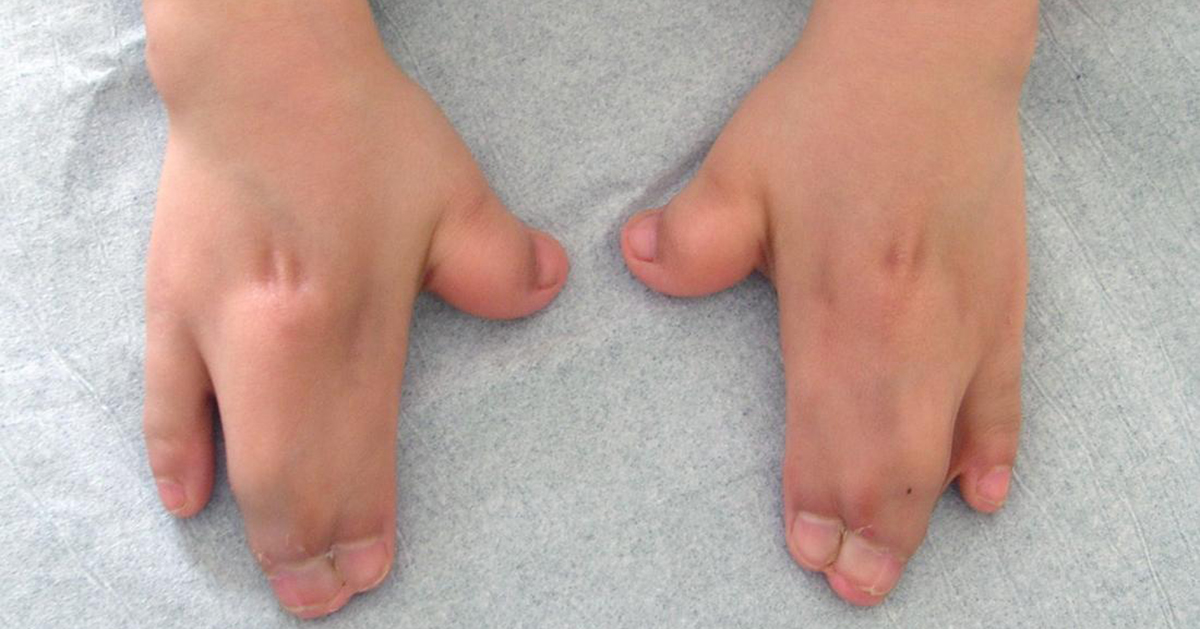Conditions Associated With Webbed Hands & Feet
Webbed toes and fingers are digits connected to each other by tissue. They are congenital disabilities that occur in about one out of every two to three thousand infants. Caucasian boys are the most likely to be affected. Doctors often describe webbed digits by their severity. They thus use the following descriptions: incomplete, complete, simple, complex, and complicated. The incomplete form, where the webbing extends only partway up the finger or toe, is the mildest type. In the complete form, the webbing extends all the way up to the tip of the finger or toe.
In the simple form, the digits are connected only by soft tissue like skin. In the complex type, the digits are connected by soft and hard tissues that can include cartilage and even bone. The complicated form is similar to the complex one, but the affected digits are also misshapen and may be missing parts.
Syndactyly

Syndactyly is simply the medical term for webbed digits. The word comes from the Greek words for together and finger.
In a developing embryo, the hands and feet start off looking like paddles, and during the sixth or seventh week, the tips of the paddles split and form fingers or toes. In syndactyly, something goes wrong with this process, and the baby is born with digits more or less fused together. The only way to correct webbed digits is to perform surgery. In most cases, the doctor will separate the child’s fingers when they are between one and two years old. By that age, the child will be better able to tolerate the anesthesia. As the surgeon will only separate two digits at a time, the child may need several surgeries. Webbed digits often occur on their own as a random mutation. They can also run in some families. In other cases, however, webbed fingers occur as part of a genetic disorder.
Apert Syndrome

Apert syndrome is a rare genetic disorder caused by a mutation of a specific gene. The affected gene, FGFR2, produces a protein that controls the development of bone cells. The affected bones fuse abnormally early, causing deformities of the hands, feet, skull, and face. A child with the syndrome will often be born with three fingers or toes more or less fused together, and in some cases, all of the fingers or toes will have webbing. The patient may also have more than the usual number of fingers or toes, which is a condition called polydactyly.
Premature fusion of the skull bones is sometimes called craniosynostosis, and it causes a variety of characteristic deformities, for the head can’t grow normally. The middle part of the face appears sunken in, and the eyes are wide-set and bulging. The eye sockets can be shallow enough to impair vision. The patient also has an underdeveloped lower jaw that causes dental problems, like crowded teeth.
